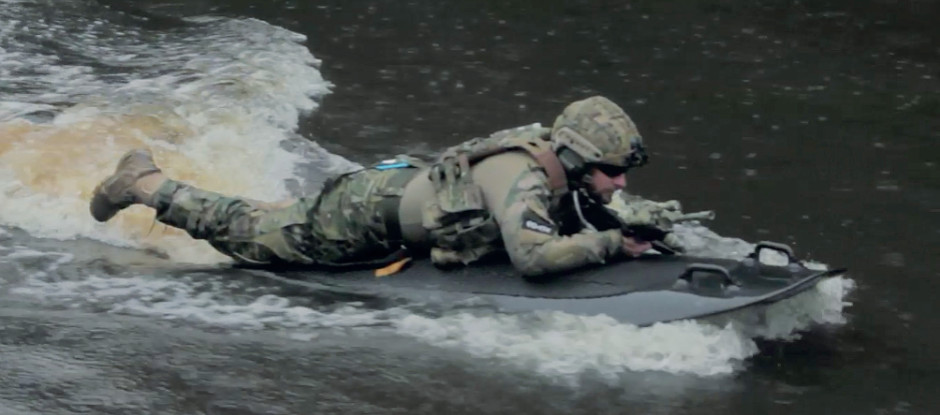
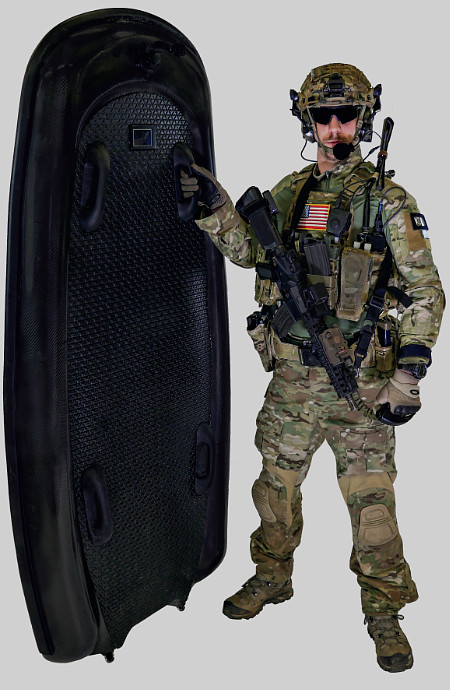


 There is a new trend in Special Forces transport which gives the little known World War Two and Cold War paddle board a modern makeover. Key to the advancement is the availability of high density reliable batteries and compact electric motors which allow the board to be self-propelled. ‘Jet boards’ are not just rich kids’ toys.
There is a new trend in Special Forces transport which gives the little known World War Two and Cold War paddle board a modern makeover. Key to the advancement is the availability of high density reliable batteries and compact electric motors which allow the board to be self-propelled. ‘Jet boards’ are not just rich kids’ toys.
USB-1 Unmanned Surface Board
 The USB-1 Unmanned Surface Board is an optionally automatous one-man vehicle approximately like a paddleboard but propelled by an electric water jet. Its Swedish manufacturers envision a number of mostly military applications:
The USB-1 Unmanned Surface Board is an optionally automatous one-man vehicle approximately like a paddleboard but propelled by an electric water jet. Its Swedish manufacturers envision a number of mostly military applications:
Transportation logistics to and from the mother ship, in multiple locations, without risking the safety of other individuals. A real-life example of an application could include picking up injured soldiers at the shoreline without placing personnel in harm’s way.
Disembarkation missions from the mother ship. A team can be transported individually to multiple destinations, increasing flexibility, speed and stealth.
Rescue missions in dangerous locations when risking additional people’s safety.
Intelligence missions in harbors where the board needs to be virtually undetectable, with a very low acoustic, radar and IR- signature. The board is very hard to detect, even in full daylight.
Note that stealth is relative, see history below
USB Sweden's website.
Surface board history
The military use of paddleboards dates back to WW2 when a Canadian Naval officer, Lt-Commander Bruce Wright, RCNVR, conceived a specialist unit for reconnaissance and ship attack. Wright figured that a swimmer on a paddleboard could overcome magnetic, acoustic and net defenses and slip into an enemy harbor undetected. The swimmer could then plant limpet mines on enemy ships. In the darkest days of the War his Proposal was accepted and he was ordered to UK where he set up the Sea Reconnaissance Unit (SRU). This trained alongside the Army’s SBS and the deceptively named Royal Marine Boom Patrol Detachment (RMBPD), both of which mainly operated canoes. Although less well known than some other units, the SRU was a key part of the new ‘Special Forces’ scene within Combined Operations and had a direct influence on the other units. The low profile paddleboards were seen as an intermediate level of stealth between a canoe and swimming. They provided better range than swimming alone, but were colder than canoes and only carried one man. Consequently units that trained with them also trained in various canoes, small boats and even submersibles.
Want to know the untold history of Special Forces minisubs? Covert Shores 2nd Edition is the ONLY world history of naval Special Forces, their missions and their specialist vehicles. SEALs, SBS, COMSUBIN, Sh-13, Spetsnaz, Kampfschwimmers, Commando Hubert, 4RR and many more.
Check it out on Amazon
The SRU provided exemplary service in Burma, swimming reconnaissance and beach marking missions in enemy held territory without a single loss! Among the units directly influenced by SRU’s paddle boards were the US’ Office of Strategic Services Maritime Unit (OSS-MU):
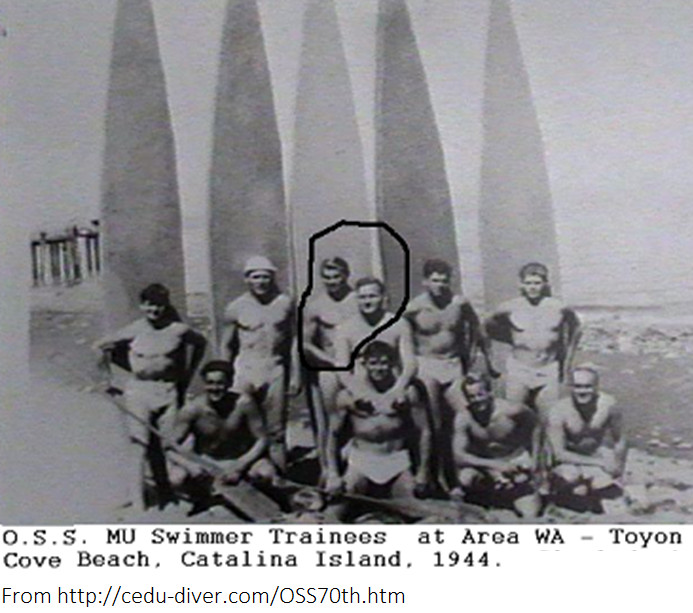
After the war the Royal Marine’s SBS and the Canadian Navy’s Clearance Divers continued the paddleboard tradition, employing them for reconnaissance and ship attack respectively. They fell from favor dueto improvements in radar, changing roles and a lack of investment in equipment and training.
Application
The high power-density, reliability and safety of Lithium-Ion batteries and compact brushless motors allows USB-Sweden to reinvent the surface board as an effective means of transport. The stealth claim is relative, but these craft undoubtedly provide a minimum profile. Depending on the clothing worn, medium range missions in hostile environments should be possible. And the craft is particularly suited to a riverine environment. Because they can be remotely controlled, they seem ideal for casualty evacuation (speculation on the author’s part).
USB-1 Specifications
Weight: 35kg inclding batteries
Lengh: 1.875m
Beam: 0.85m
Range: 140nm @ 3kt
Speed: 25kt max, 3kt min (maximum speed dependant on payload and water conditions)
Payload: 180kg
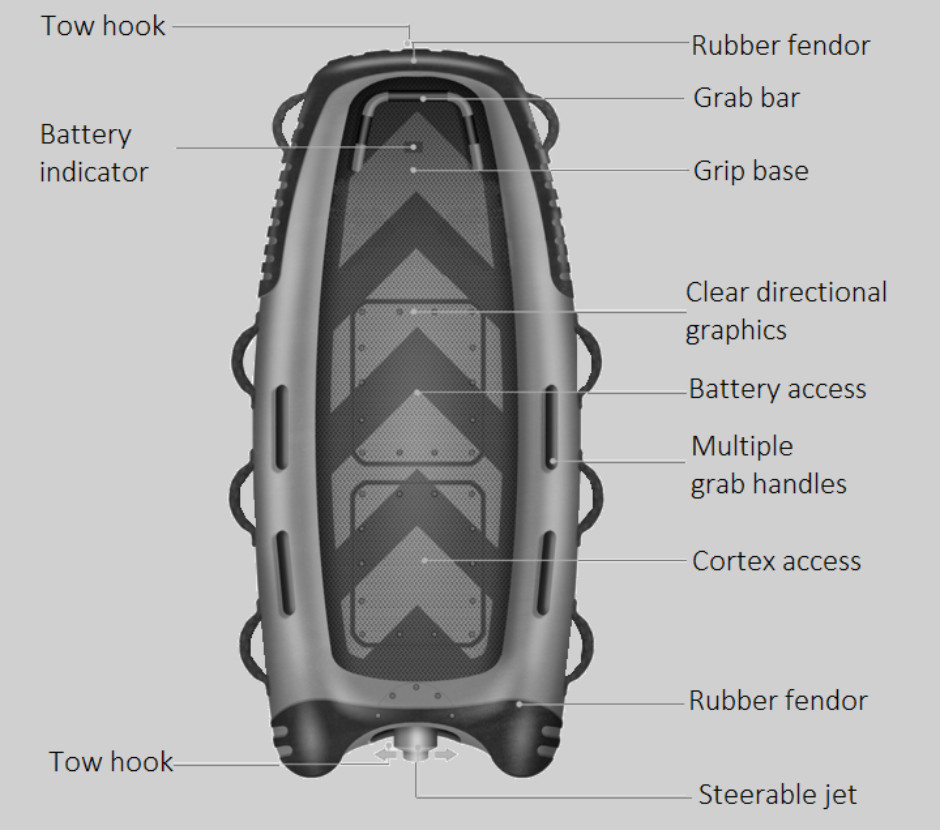

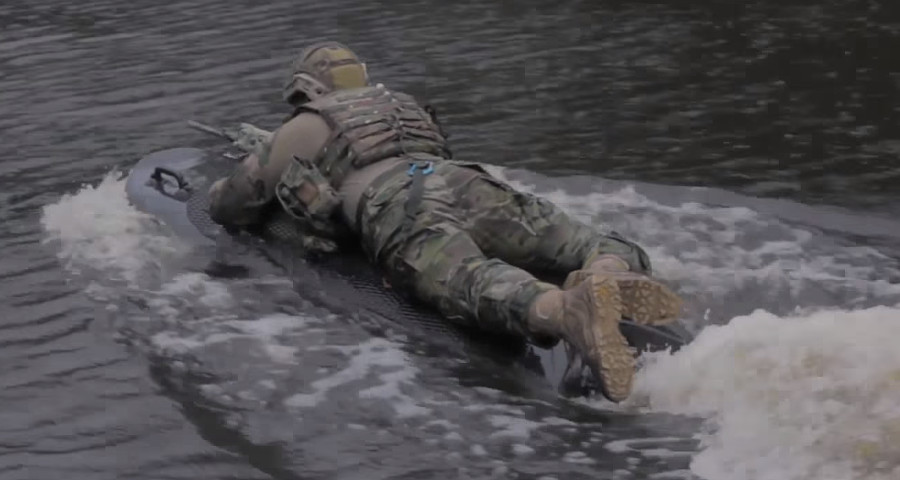
Lampuga Rescue
 German firm Lampuga (site: Lampuga.de) also produce a robust jet board which can be used in Special Forces applications. Overall the craft appears very similar in capability and usage to the USB-1.
German firm Lampuga (site: Lampuga.de) also produce a robust jet board which can be used in Special Forces applications. Overall the craft appears very similar in capability and usage to the USB-1.
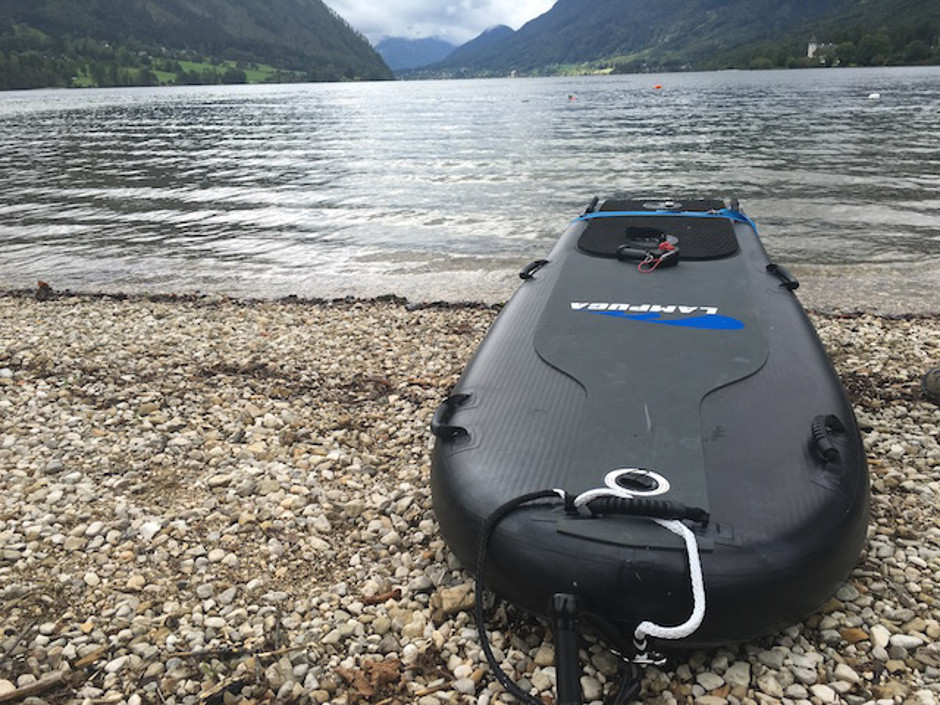
Photo from an excellent article at SPARTANAT.com
Related Articles

 Naval Spetsnaz in Hybrid Warfare (Russian SDVs and DPVs)
Naval Spetsnaz in Hybrid Warfare (Russian SDVs and DPVs)
 Sleeping Beauty (Motorised Submersible Canoe) of WW2
Sleeping Beauty (Motorised Submersible Canoe) of WW2

 Rotinor BlackShadow 730 and Divejet 414 Diver Propulsion Vehicles
Rotinor BlackShadow 730 and Divejet 414 Diver Propulsion Vehicles


 TorpedoSEAL Diver Propulsion Device
TorpedoSEAL Diver Propulsion Device

 Bonex HP and HP Shuttle Diver Propulsion Vehicles
Bonex HP and HP Shuttle Diver Propulsion Vehicles

 Styx riverine Special Forces craft
Styx riverine Special Forces craft
 Special Forces Jet Skis
Special Forces Jet Skis

